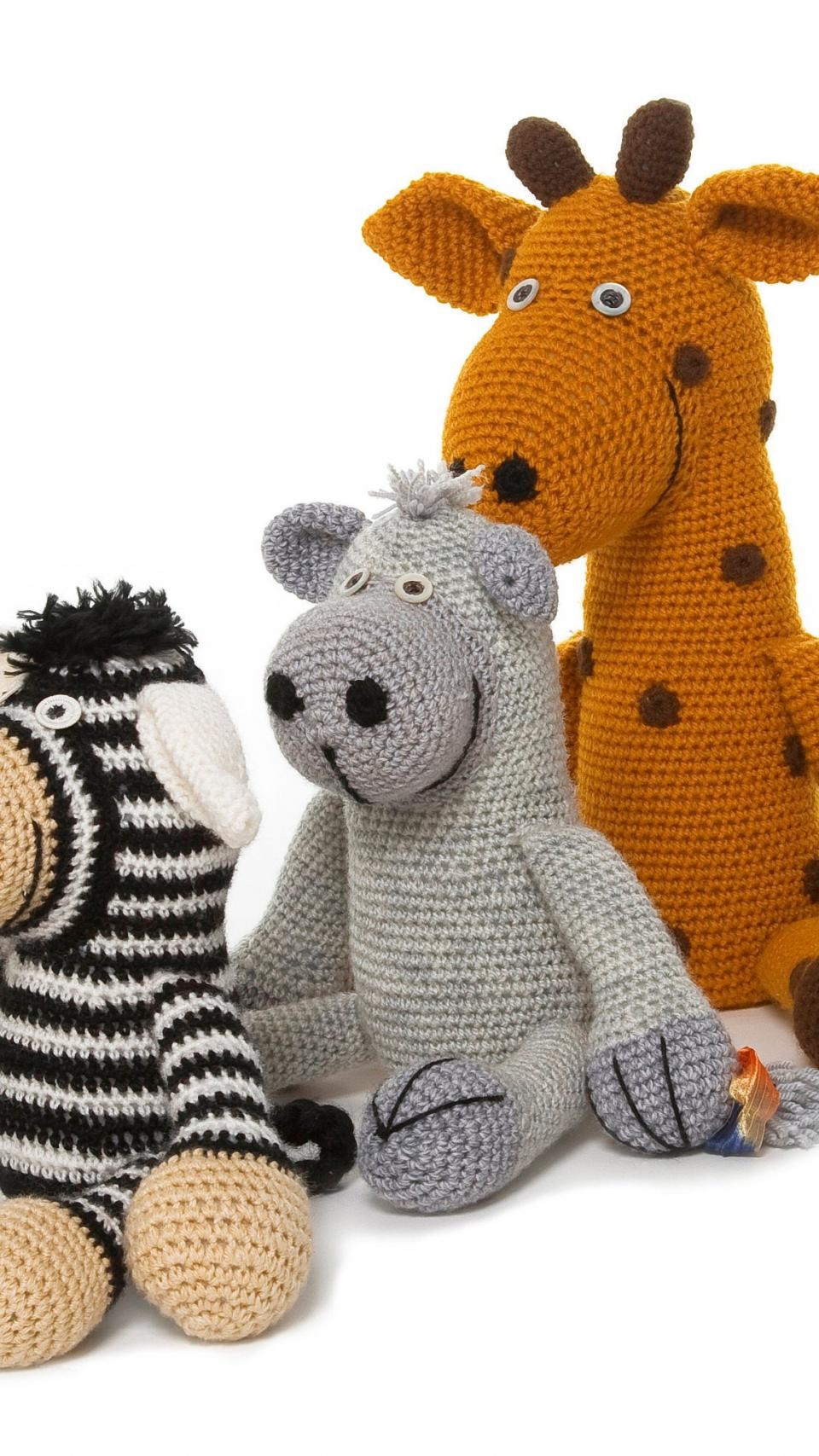



















Monkey is a common name that may refer to groups or species of mammals, in part, the simians of infraorder Simiiformes. The term is applied descriptively to groups of primates, such as families of New World monkeys and Old World monkeys. Many monkey species are tree-dwelling (arboreal), although there are species that live primarily on the ground, such as baboons. Most species are also active during the day (diurnal). Monkeys are generally considered to be intelligent, especially the Old World monkeys of Catarrhini.
Simians and tarsiers emerged within haplorrhines some 60 million years ago. New World monkeys and catarrhine monkeys emerged within the simians some 35 million years ago. Old World monkeys and Hominoidea emerged within the catarrhine monkeys some 25 million years ago. Extinct basal simians such as Aegyptopithecus or Parapithecus [35-32 million years ago], eosimiidea and sometimes even the Catarrhini group are also considered monkeys by primatologists.
Lemurs, lorises, and galagos are not monkeys; instead they are strepsirrhine primates. Like monkeys, tarsiers are haplorhine primates; however, they are also not monkeys.
According to the Online Etymology Dictionary, the word "monkey" may originate in a German version of the Reynard the Fox fable, published circa 1580. In this version of the fable, a character named Moneke is the son of Martin the Ape.[21] In English, no very clear distinction was originally made between "ape" and "monkey"; thus the 1911 Encyclopædia Britannica entry for "ape" notes that it is either a synonym for "monkey" or is used to mean a tailless humanlike primate.[22] Colloquially, the terms "monkey" and "ape" are widely used interchangeably.[23] Also, a few monkey species have the word "ape" in their common name, such as the Barbary ape.
Later in the first half of the 20th century, the idea developed that there were trends in primate evolution and that the living members of the order could be arranged in a series, leading through "monkeys" and "apes" to humans.[24] Monkeys thus constituted a "grade" on the path to humans and were distinguished from "apes".
This description uses material from the Wikipedia article https://en.wikipedia.org/wiki/Monkey, which is released under the Creative Commons Attribution-Share-Alike License 3.0
